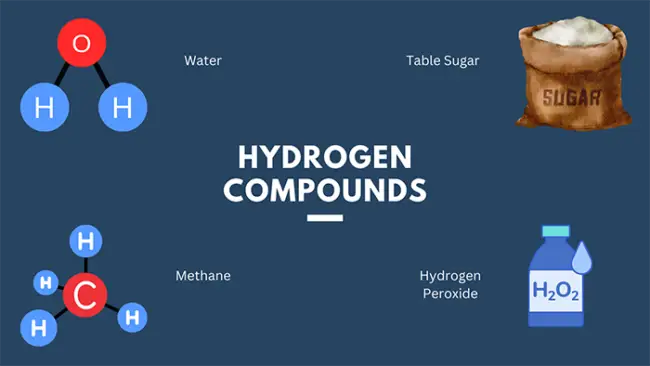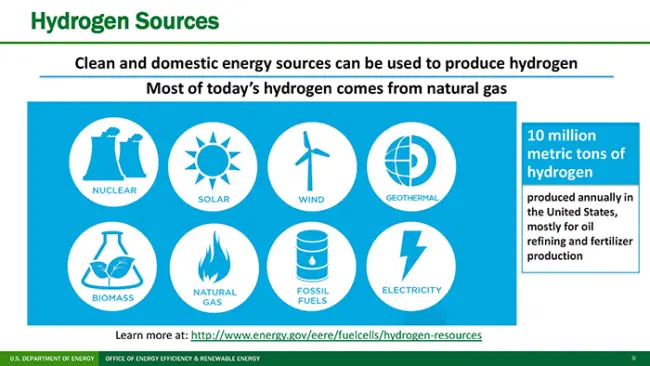Blog: What is hydrogen?

The Pacific Northwest region of the United States offers countless opportunities for hydrogen production to use as a clean energy carrier. Here’s more about this powerful element that is found almost everywhere.
Hydrogen is the most abundant element in the universe.
Hydrogen makes up more than 90% of all atoms, which equals three-quarters of the universe’s mass, according to Los Alamos National Laboratory.
You can see hydrogen at work all around you. The sun converts hydrogen to helium, producing vast amounts of heat and light energy. Since all stars are mostly hydrogen, our night sky is also a vast array of hydrogen globes.
Under less extreme conditions, hydrogen combines with itself or other atoms to make many important compounds. For instance, hydrogen atoms combine with one oxygen atom to form water or H2O. It’s ionized hydrogen atoms that give foods like lemons and vinegar a tart taste, and hydrogen atoms facilitate photosynthesis for plants.
On Earth, hydrogen only occurs naturally as a compound.
Hydrogen is the lightest element. It’s lighter than air, and in gas form, it can even escape the Earth’s atmosphere. That’s why we only find hydrogen here in compound form (combined with other elements in solids, gases or liquids). Some examples include:

How industry – and NASA! – uses hydrogen today.
Private industry and government agencies have safely produced and used hydrogen for decades. Approximately 10 million tons of hydrogen are produced annually in the United States to make products like gasoline, silicon chips and food products like peanut butter.
In fact, in the 1950s, NASA was one of the first to use hydrogen fuel cells to provide power to electrical systems on spacecraft, and water is split into oxygen on the International Space Station for breathing and hydrogen.
According to the U.S. Department of Energy, the most common uses of hydrogen today are petroleum refining and fertilizer production, with its use in transportation and utility markets beginning to emerge.
Hydrogen is an energy carrier.
Hydrogen is not an energy source. Molecules containing hydrogen can be broken apart, and the hydrogen captured and used as an energy carrier to store and transport energy from sources like wind, solar, hydro, biomass and fossil fuels. It’s an attractive fuel option for transportation, industrial processes and other carbon-intensive sectors because it’s a clean fuel that produces only water when consumed in a fuel cell.
One kilogram of hydrogen contains about the same energy as a gallon of gasoline – but goes much further because fuel cells are more efficient than combustion engines. For example, a vehicle can travel 60 miles using 1 kilogram of hydrogen versus 25 miles using 1 gallon of gas. Technology advances could increase the miles traveled using hydrogen to 100.

How hydrogen can help tackle the climate challenge.
Hydrogen can be produced from organic molecules, natural gas or ammonia using chemical reactions or by using electricity or heat to split water. Unfortunately, these methods currently cost too much for hydrogen to be used in many important applications. Today, the cheapest option is usually to produce hydrogen from natural gas.
1 dollar per 1 kilogram in 1 decade
By creating the 1 for 1 in 1 goal, the Department of Energy’s target is to reduce hydrogen production costs by 80% using clean energy sources. Production from green sources such as wind, water, biomass, nuclear and other emerging clean energy resources can reduce the use of fossil energy sources which contribute to climate change.
Within a decade, federal investment will help lower hydrogen production costs in our region and nationwide and establish a network of clean production, storage and distribution infrastructure. Those advancements will accelerate the use of clean hydrogen in our nation’s most carbon-intensive industries that are difficult and expensive to electrify – like aviation, maritime shipping and long-haul transportation systems.